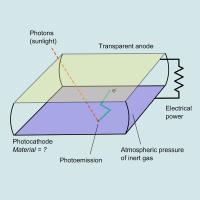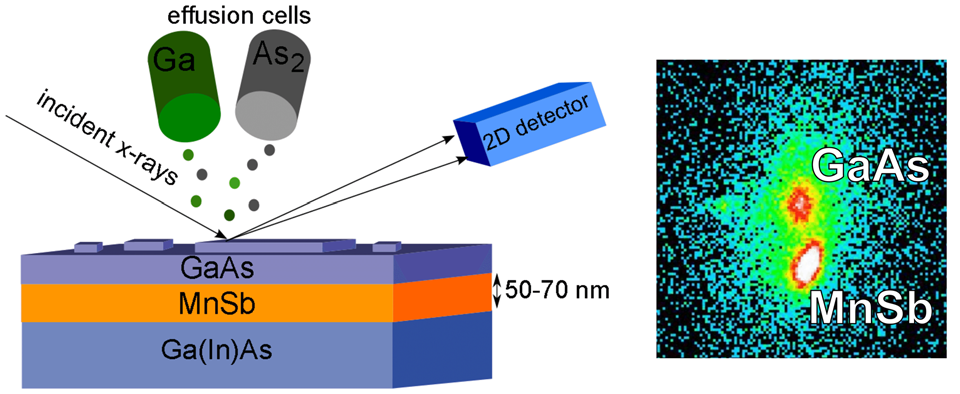Dr Gavin Bell
Research
I work in materials physics and lead the Surface, Interface & Thin Film Group at Warwick. The focus of my research is the growth by molecular beam epitaxy (MBE) of novel materials, applying the techniques of surface science to understand epitaxial crystal growth. These material systems include semiconductor / ferromagnet interfaces for spintronics, self-assembled nanostructures and advanced photocathode materials for operation in inert gas atmosphere and in vacuum. As well as exploring the growth of such materials, I characterise their fundamental properties using a variety of techniques (e.g. photoemission, diffraction) and collaborate with other research groups and companies to apply them in advanced technologies (e.g. spintronic devices, sensors, quantum communications). I have an interest in applying theoretical technqiues such as density functional theory (DFT) and kinetic Monte Carlo simulation to understand the properties and growth of materials and nano-structures. I work in several multi-group and external collaborations, and use a variety of central facilities such as synchrotron radiation sources. With Dr. Yorck Ramachers, I am developing ultra-violet light detectors, combining thin-film growth and surface science with electron multiplier technology originally developed at CERN.
Teaching and other activities
I lecture on PX399 The Earth and its Atmosphere. I lead the first year Electronics Workshop and redeveloped it during the COVID pandemic, including remote learning aspects which remain part of the module. I previously redeveloped and taught the core second year course on Quantum Mechanics. I supervise experiment-based final year undergraduate projects and contribute to skills development work, mentoring both MPhys Group Projects and second year Presentation Skills projects. On the postgraduate side, I am a former Admissions Tutor and MPAGS Academic Coordinator, and I run two MPAGS modules in Nano/Surface Science and Hands-on Vacuum Science. I am the first member of staff in Physics to become a Fellow of the Warwick International Higher Education Academy and a Senior Fellow of the Higher Education Academy (Advance HE). I developed the interdisciplinary Science of Music module with Warwick's Institute for Advanced Teaching and Learning IATL as part of an Academic Fellowship called Science, Maths and Music. A Warwick-Monash Masterclass video is available about this course. I am a member of IATL's Management and Education Committee and have also been a member of the University's Gender Task Force.
I am a member of the Institute of PhysicsLink opens in a new window (IoP) and Fellow of the Royal Microscopical Society. I review research proposals for EPSRC, the Royal Society, Agence Nationale de Recherche, the National Epitaxy Facility, and Warwick schemes (e.g. IAS and URSS). I review article submissions for many journals such as Physical Review and Journal of Physics: Condensed Matter and was awarded a Certificate of Outstanding Contribution in Reviewing in 2015 by Applied Surface Science. My full journal review record can be found on Publons. I am a former Editor of Solid State Communications.
I am involved in the organisation of numerous scientific meetings, conferences and international collaborations. For example, I co-developed the international conference series SemiconNano and co-organised symposia on Epitaxial integration of dissimilar materials: challenges and fundamentals at EMRS, Spring 2018, and Innovative and advanced epitaxy at EMRS, Fall 2022. I lead the work group on fundamental research and new materials of the EU COST action OPERA which runs until autumn 2025.
 |
 |
 |
|
Google ScholarLink opens in a new window publications |
ResearchGateLink opens in a new window profile (with some links to publications) |
LinkedInLink opens in a new window profile |
You can find an explanation of the slideshow images here.

Office: P429
Phone: +44 (0)2476523489
Some recent papers
Towards Dark Current Suppression in Metallic Photocathodes by Selected-Area Oxidation

Sb surface terminated MnSb devices in the niccolite phase
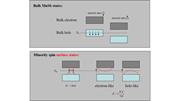
Calibrated in-vacuum quantum efficiency system for metallic and III-V thin-film photocathodes
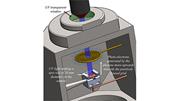

Bulk and Surface Electrical Properties of BiSb on Flat and Ion-Beam Nano-Patterned InP Substrates

Direct Experimental Evidence for Substrate Adatom Incorporation into a Molecular Overlayer (J. Phys. Chem. C 2022)
Structure of strained low-dimensional Sb by in situ surface X-ray diffraction (PSSB 2022)
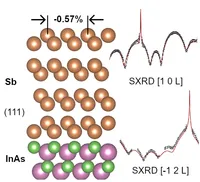
Band engineering in nitrogen-rich AlGaNAs quaternary alloys (Vacuum 2021)
Ultraviolet absorption of contaminants in water (Scientific Reports 2020)
Bistable Fermi level pinning and surface photovoltage in GaN
(Applied Surface Science 2020)
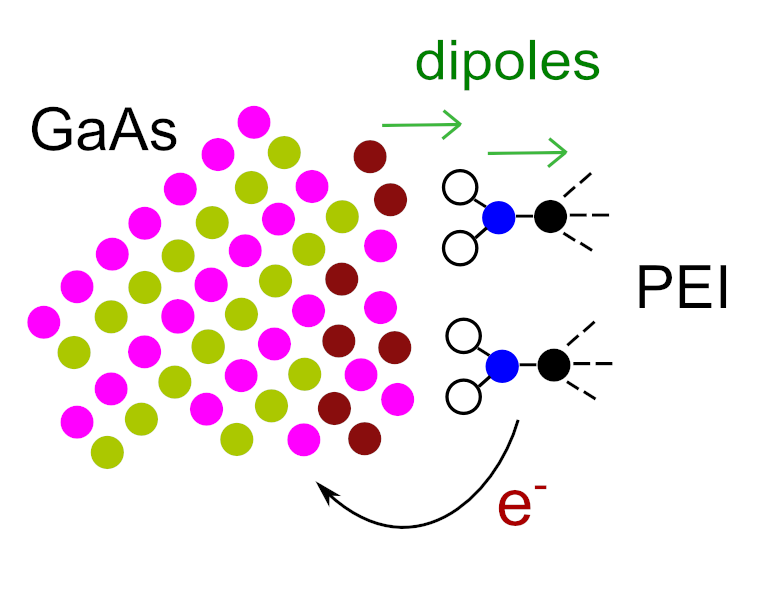 Work function of GaAs(hkl) and its modification using PEI: mechanisms and substrate dependence
Work function of GaAs(hkl) and its modification using PEI: mechanisms and substrate dependence
(Phys. Chem. Chem. Phys. 2019)
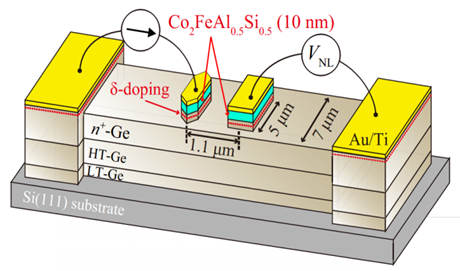
Correlation between spin transport signal and Heusler/semiconductor interface quality in lateral spin-valve devices
(Phys. Rev. B 2018)
Photoelectric Solar Power Revisited
A Future Energy article in Joule.
Two Open Access surface X-ray diffraction papers in Phys Stat Sol B, here and here. Work done at XMaS and SPring-8.

